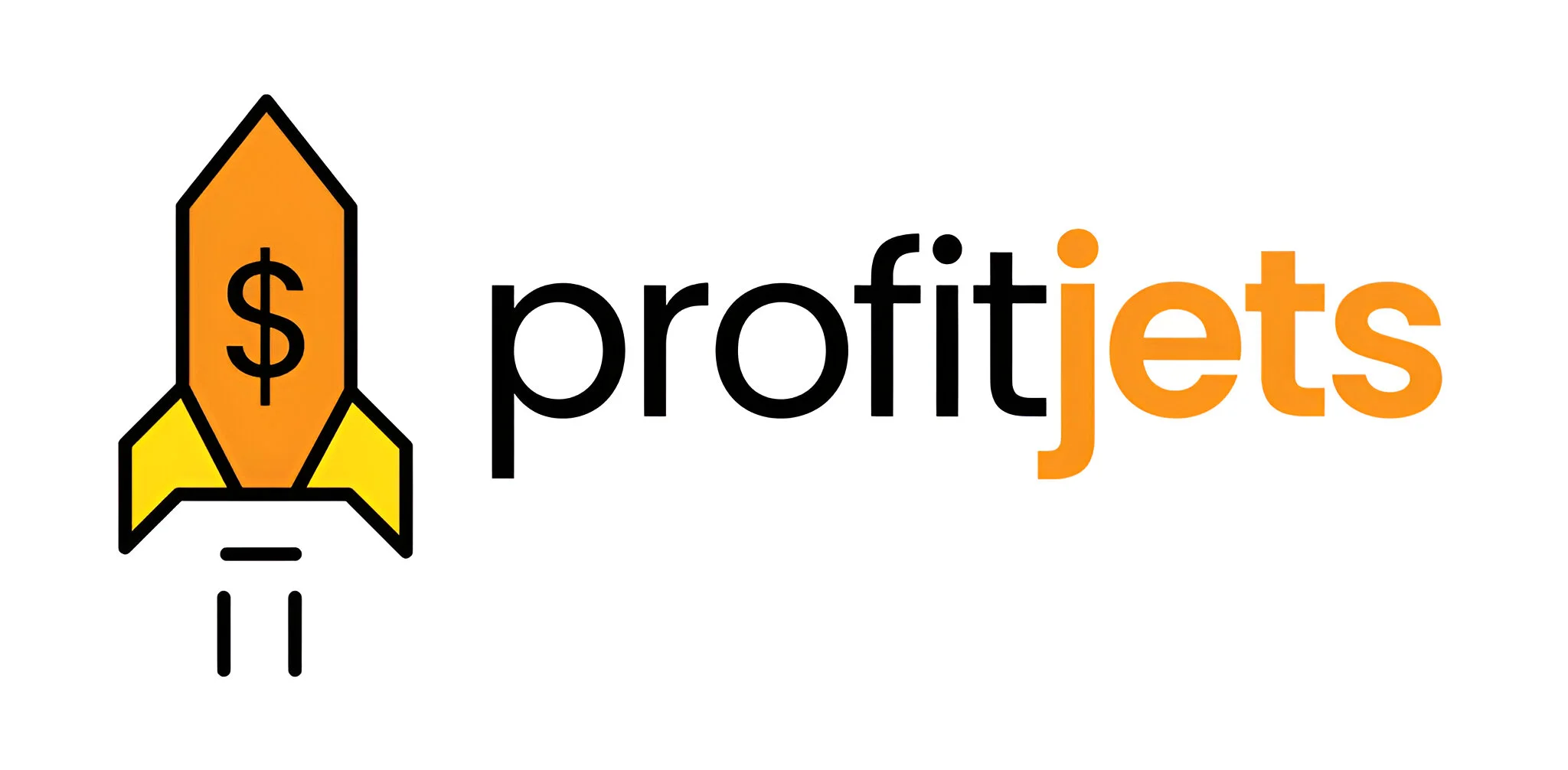Hiring a new state employee in the U.S. is more than just posting a job ad and conducting interviews. It’s a legal and strategic process involving compliance, documentation, and long-term planning—especially if you’re operating across multiple states.
Whether you’re a startup founder, a small business owner, or expanding your team into new states, this guide walks you through everything you need to know to hire confidently and stay compliant in 2025.
Why Hiring the Right Way Matters
Improper hiring can lead to tax issues, labor law violations, and payroll errors. With state-specific rules becoming increasingly strict, especially around employee classification and wage compliance, having a clear hiring framework is essential.
Tip: Our Outsourced Accounting Services help you stay compliant while scaling your workforce efficiently.

Step-by-Step Process to Hire a New State Employee
1. Determine the Worker Classification
Before anything else, decide if the person you’re hiring is an employee or an independent contractor. Misclassification is one of the most common small business compliance issues.
- Employees: Subject to withholding, eligible for benefits
- Contractors: Must receive a Form 1099, not eligible for benefits
Unsure how to classify? Our tax services can assess the correct status for your workforce.
2. Register for State Employer Accounts
Hiring in a new state requires registering for:
- State Tax ID / Withholding Account
- Unemployment Insurance Account
- State New Hire Reporting Program
You’ll also need a valid Employer Identification Number (EIN) from the IRS.
Expanding to multiple states? Our CFO Services can help you manage state-by-state compliance.
3. Create a Job Description and Compensation Plan
Clearly outline the role, responsibilities, location, and wage expectations. Then:
- Benchmark salaries against local state minimums and market rates
- Include overtime, bonus structures, and benefits in the offer
- Account for workers’ compensation and any state-mandated benefits
Use a tool like Gusto or QuickBooks Payroll for state-specific wage compliance.
4. Recruit and Screen Candidates
Use platforms like LinkedIn, Indeed, or niche job boards. Once applications arrive:
- Screen resumes using automated tools or manual methods
- Conduct structured interviews (remote or in person)
- Run background checks and verify eligibility to work (Form I-9)
In 2025, many businesses will also include skills assessments and psychometric tests to evaluate cultural fit and technical capability.
5. Collect Required Hiring Documents
Upon selecting a candidate, gather:
- Signed the offer letter
- Completed W-4 (federal tax form)
- State tax withholding form (e.g., CA DE-4)
- Direct deposit authorization
- I-9 Employment Eligibility Verification
- Benefits enrollment forms (if applicable)
Store these securely in compliance with EEOC and HIPAA standards.
Our bookkeeping services can help you maintain digital records for audits and reporting.
6. Report the New Hire to the State
Every state requires new hires to be reported within 20 days (or sooner). This is crucial for child support enforcement and tax tracking.
You’ll typically submit:
- Employee name and SSN
- Employer EIN
- Date of hire
- State work location
Check your state’s Department of Labor or Revenue site for submission options.
7. Set Up Payroll and Withholding
You’ll need to:
- Set up state and federal income tax withholding
- Enroll in unemployment insurance
- Remit Social Security and Medicare taxes
- Comply with any local taxes (e.g., city or county-level)
Use payroll software or an outsourced provider to ensure timely and accurate filings.
Want to avoid costly mistakes? Our outsourced bookkeeping services integrate payroll with your accounting system.
8. Prepare Onboarding and Training
Provide clear onboarding documents, schedule, and training modules for:
- HR policies and employee handbooks
- Role-specific tools and systems
- Time tracking and reporting procedures
- Benefits and PTO policies
Remote teams? Use tools like Notion or BambooHR to simplify digital onboarding.
Compliance Considerations for New State Hires
Each state may have unique laws regarding:
- Paid leave mandates (e.g., sick leave, family leave)
- Meal and rest break laws
- Final paycheck rules
- Anti-discrimination regulations
- E-Verify requirements
Consult legal counsel or an outsourced accounting firm for startups to ensure full compliance across jurisdictions.
Financial Planning for New Hires
Hiring affects your budget. Account for:
- Gross salary and taxes
- Employer FICA match (7.65%)
- Unemployment insurance
- Workers’ comp premiums
- Technology, software, and hardware costs
- Training and onboarding costs
Creating a hiring budget through CFO Services helps you forecast the ROI of each new role.
Additional Tips for Smooth Hiring in 2025
- Stay updated on minimum wage laws by state
- Review EEOC guidance on DEI in hiring
- Build an inclusive, remote-friendly onboarding experience
- Automate recurring paperwork with tools like DocuSign

Conclusion
Hiring a new state employee in 2025 goes far beyond a casual process—it requires adherence to both federal and state-specific regulations, including timely new-hire reporting, proper employment verification (I‑9/E‑Verify), and accurate withholding setup—all typically due within 20 days of hire. Establishing a structured onboarding system with complete documentation not only ensures compliance and avoids penalties but also signals professionalism and builds trust with your new hires.
Frequently Asked Questions
1. Do I need to register my business in each state where I hire?
Yes. You must register for tax and unemployment accounts in each state where your employee resides and works.
2. How do I know if a worker is an employee or a contractor?
The IRS and states use control and independence tests. We recommend using tax services to verify classification.
3. Do I have to offer benefits to my state employees?
Not always, but some states require certain benefits (like paid sick leave). It also improves retention.
4. Can I onboard a remote worker from another state?
Yes, but you’ll need to comply with that state’s labor laws, tax filings, and reporting rules.
5. What are the penalties for failing to report a new hire?
Fines vary by state but can range from $25 to over $500 per violation. It’s essential to report every new hire on time.










